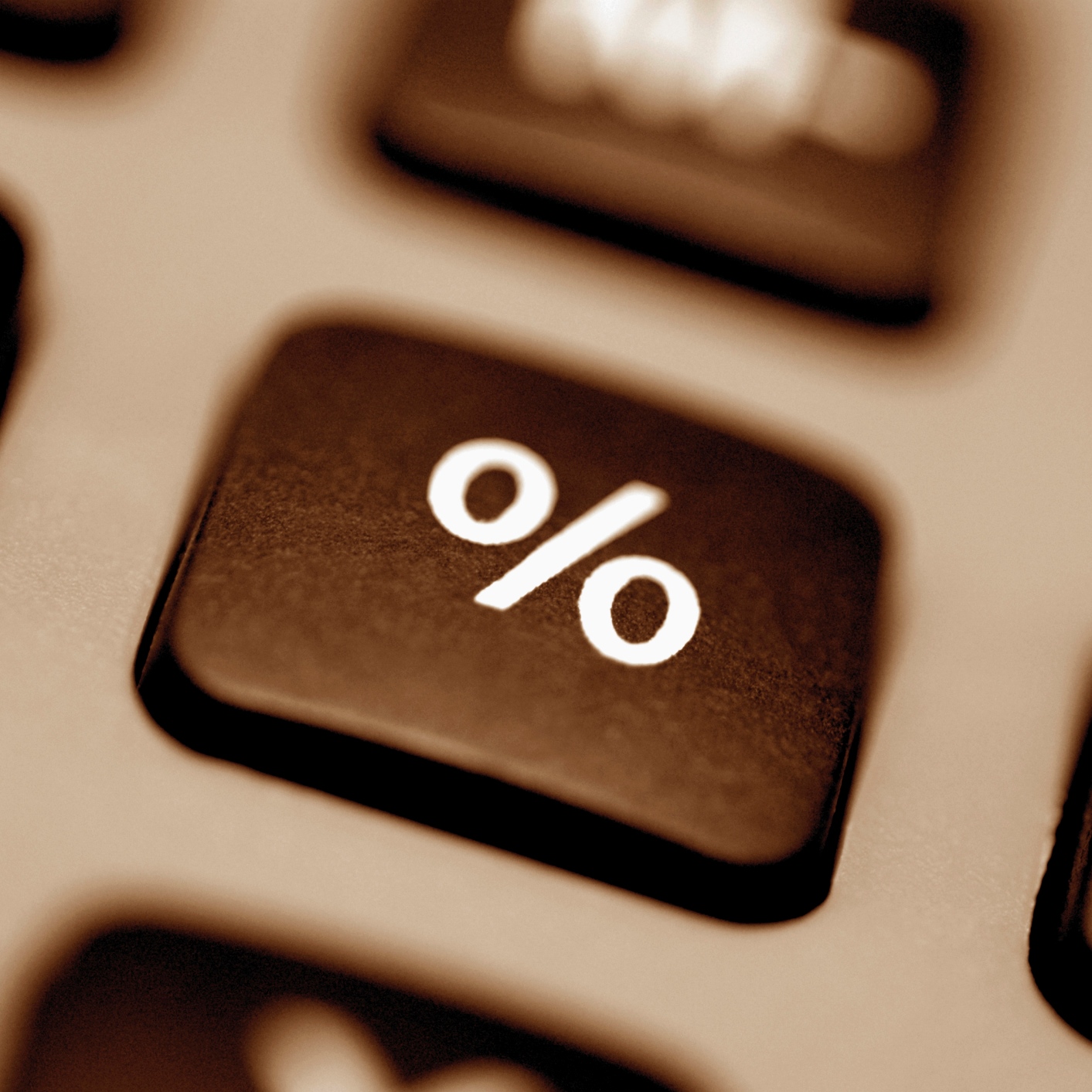Economy
Consumer Prices and Inflation May Have Just Forced Janet Yellen Into Interest Rate Hikes

Published:
Last Updated:

There is an old saying that comes to mind here: Be careful what you wish for, you might actually get it! That’s how some economic watchers are likely to feel about inflation after the U.S. Department of Labor’s report on the Consumer Price Index (CPI) for January. Inflation is now at the Federal Reserve’s threshold of 2.0% to 2.5% for raising interest rates. In fact, parts of the inflation reading are now coming in at the high end of that range. At some point the markets and the public are going to have to come to grips with more interest rate hikes.
The headline CPI reading was up 0.6% on the monthly reading in January. That was above the Bloomberg consensus of 0.3% and matched the hotter producer prices from the prior day.
Where the real inflation will come into play is on the year-over-year readings, and that is what economists and the Fed are going to use the most for their arguments to raise interest rates. Headline CPI was up 2.5% last month from January of 2016.
On the core CPI reading, which excludes food and energy, the monthly reading of 0.3% was above the 0.2% expected by Bloomberg. Consumer prices at the core level were actually up 2.3% from January of 2016. The annualized energy index rose by a sharp 10.8% for the largest 12-month increase since November 2011.
What should stand out in the latest report is that this actually was the strongest report in almost four years. Even if you note that the core inflation reading is not as hot as the headline reading, it is still in the top half of the Fed’s target range.
The January increase was shown to be the largest seasonally adjusted gain on the “all items” since February 2013, and a sharp gain in the gasoline index accounted for nearly half of January’s gain.
Energy’s 0.4% gain was the bulk of the culprit here, after gasoline prices were up a sharp 7.8%. Housing costs were up 0.3% and medical care costs were up 0.2%. The food index had been unchanged for six consecutive months but it increased by 0.1% in January.
As a reminder, Yellen has been giving semiannual testimony this week in front of Congress. What has taken place is that there is now more of a debate about the Federal Reserve potentially making three rate hikes in 2017 rather than the two rate hikes that had been priced-in by the markets.
Full employment under 5%, inflation at the top of the Fed’s 2.0% to 2.5% range, expected tax cuts, pro-growth and reflationary policies: eventually these will add up to rate hikes. If the Federal Reserve really wanted to drive growth and reflation, maybe it should have just thought about buying oil rather than bonds.
And the stock market just keeps hitting ever higher highs. The signal sure seems to be that the economy can handle higher interest rates above the current levels.
Thank you for reading! Have some feedback for us?
Contact the 24/7 Wall St. editorial team.